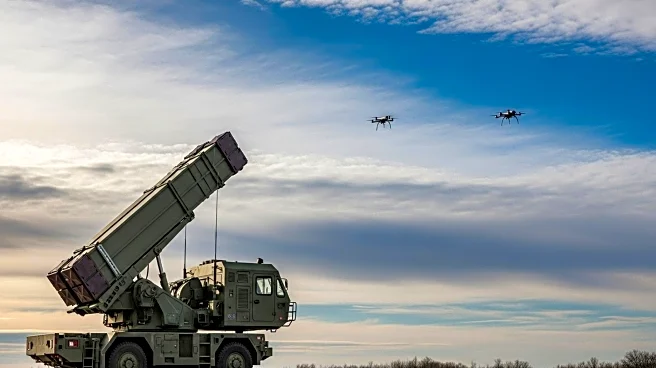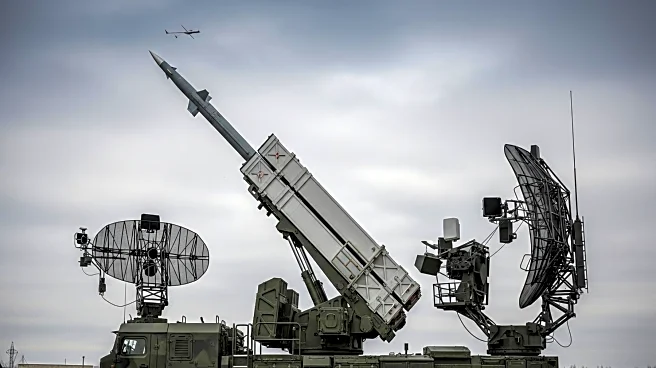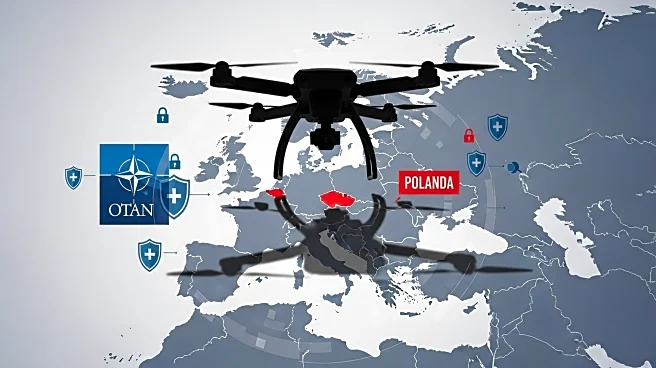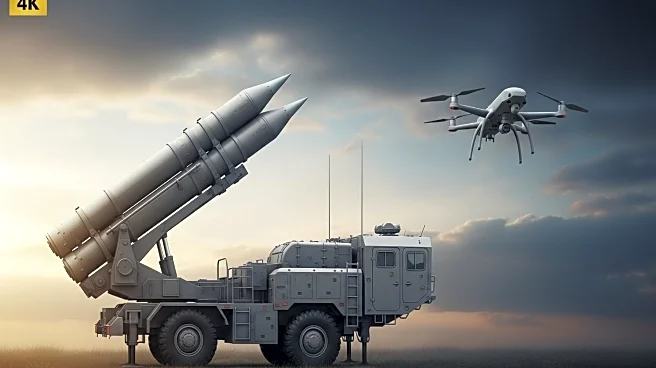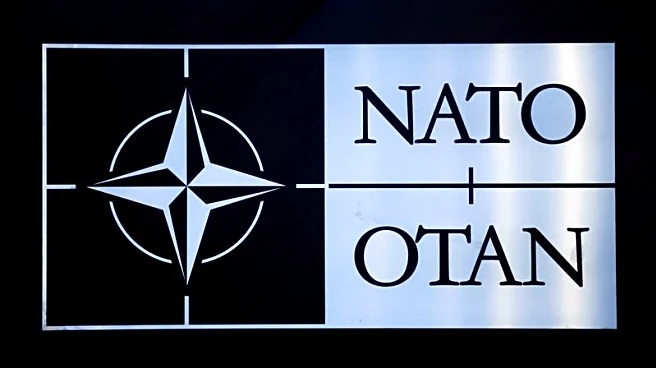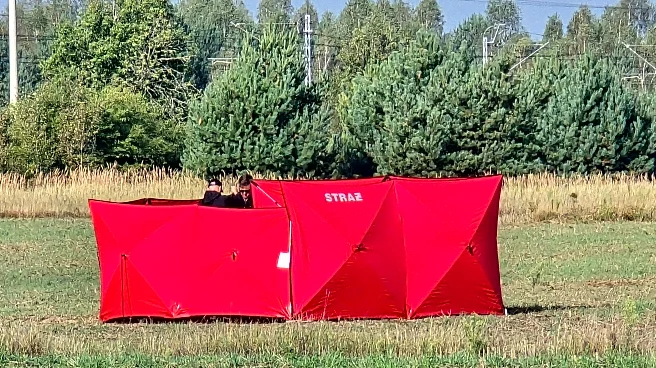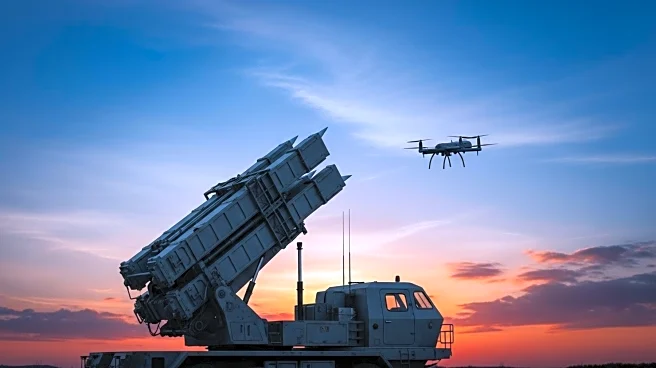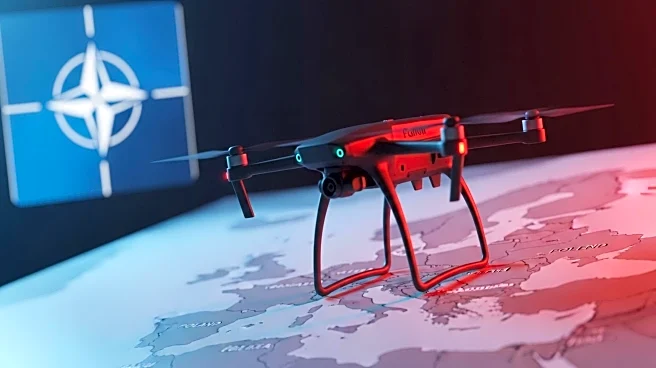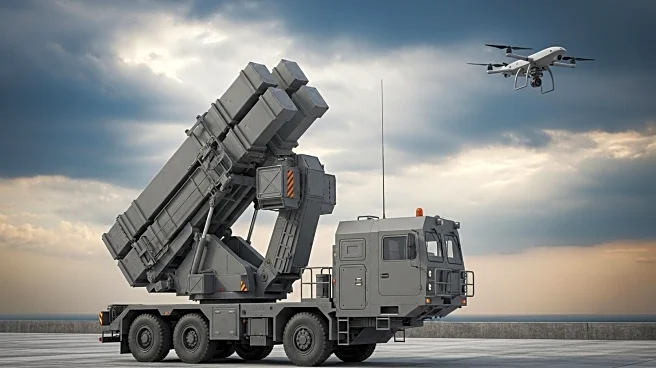What's Happening?
Poland has reported shooting down multiple Russian drones that entered its airspace during a wave of Russian strikes on Ukraine. The incident, described as an 'act of aggression,' involved drones originating from Belarus, where Russian and Belarusian troops are gathering for war games. This marks the most serious violation of European airspace by Russia since the war began, prompting NATO to convene and discuss the threat. Polish Prime Minister Donald Tusk noted 19 violations over seven hours, with Dutch fighter jets assisting in intercepting some drones.
Why It's Important?
The incursion into Polish airspace represents a significant escalation in Russia's military actions, raising concerns among NATO members about regional security. The incident underscores the potential for broader conflict involving NATO countries, as Poland is a member of the alliance. The violation has prompted calls for Russia to cease its aggressive actions, with European leaders emphasizing the threat to European and NATO security. The situation highlights the ongoing tensions and the risk of further military confrontations in Eastern Europe.
What's Next?
NATO has engaged in consultations under Article 4 of its treaty, allowing for urgent discussions among allies. While these consultations do not automatically lead to action under Article 5, which guarantees collective security, they signal heightened alertness among NATO members. The incident may lead to increased military readiness and strategic planning to counter potential threats from Russia. European leaders are likely to continue diplomatic efforts to address the escalation and seek measures to prevent further violations.
Beyond the Headlines
The drone incursion raises questions about the effectiveness of airspace defense systems and the need for enhanced surveillance and response capabilities. It also highlights the geopolitical dynamics between Russia, Belarus, and NATO countries, with implications for international relations and security policies. The event may influence future military strategies and alliances in the region, as countries assess their defense capabilities and preparedness for potential conflicts.
